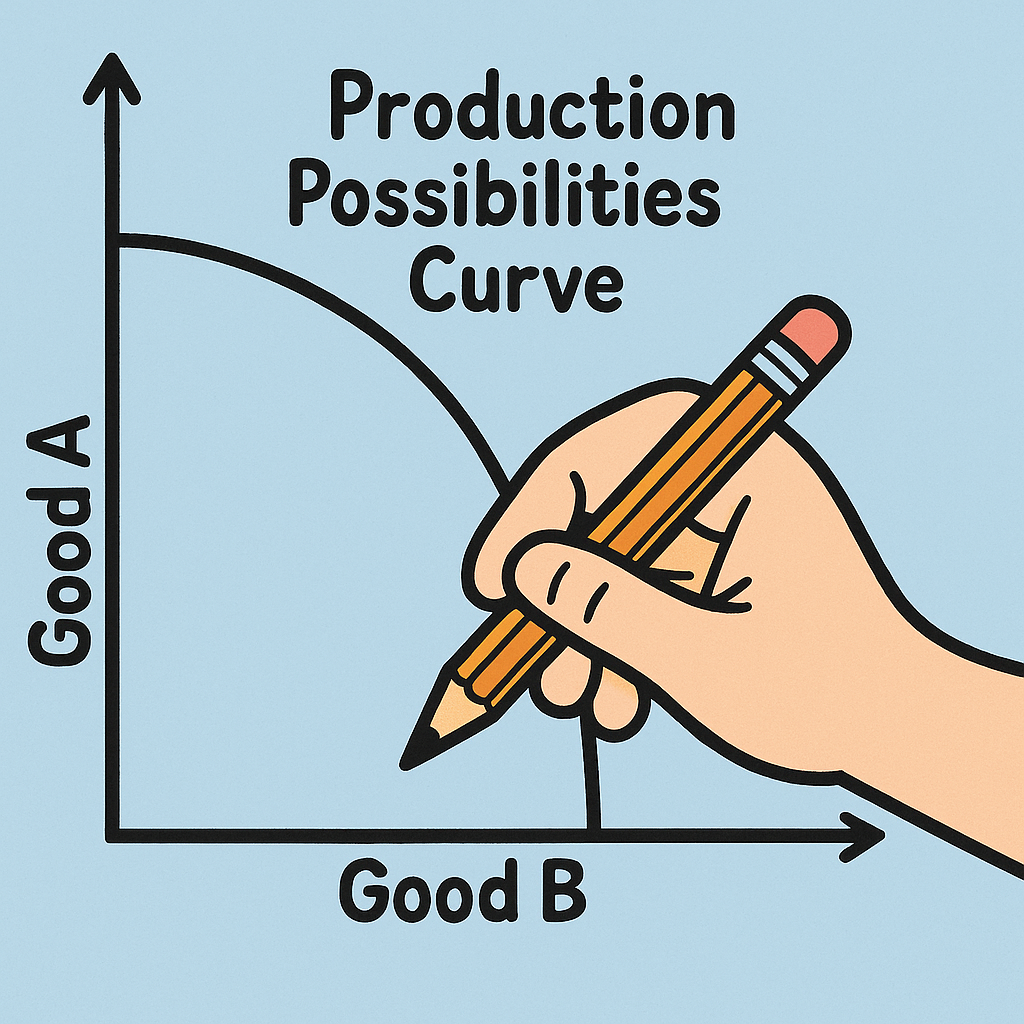
Grades 6-8

Don't have an account yet? Sign up for free
Don't have an account yet? Sign up for free


Why do politicians disagree on economic issues — isn’t there one right answer?
Students work in small groups and are assigned a version of diary excerpts written by a student intern working for a policymaking legislator. Half the groups read a diary that focuses on stability, security, and equity as broad social goals. The other half read a diary that focuses on freedom, efficiency, and growth. Students determine which broad social goals are emphasized in their reading. During a debriefing, students will discuss broad social goals and identify how trade-offs arise when a society pursues competing social goals. Finally, students choose a current social issue and develop a public policy to deal with that issue, identifying the goals they are attempting to achieve and trade-offs that might arise in terms of other worthy goals.
All economic systems strive to achieve a set of broad social goals, including economic efficiency, equity, freedom, growth, security, and stability. How these goals are prioritized—and how successful an economy is at attaining these goals—influences the quality of life for all its citizens. Recent trends—the aging of the population in many nations; remarkable advances in technology; and public-policy discussions about healthcare, retirement, job training, and international trade—have focused attention on broad social goals.
Voters and policymakers must decide how best to achieve these goals, working within the framework of a market economy. Achieving these goals is difficult because—although the goals complement each other in some cases—in many cases there are trade-offs to face. Policies or programs designed to achieve one goal often interfere with achieving another goal or goals. Resolving such conflicts among people who have different opinions about the relative importance of each of these goals as well as different interpretations of what the goals mean is a perennial challenge in every country and in every economic system.
This lesson was originally published in CEE’s High School Economics, 3rd Edition , a collection of 28 engaging lessons which employ an active-learning approach that brings economic concepts to life for students. Visit https://store.councilforeconed.org/ for more information about the publication and how to purchase is.
Students may not select all of these goals initially. In the next two procedures, discuss only the goals that the students marked with dots.
Students may not choose all of these goals or may choose others. Again, at this time, discuss only the goals students have marked with sticky dots.
Efficiency—subsidizing companies making bad choices allows them to compete when the market signals they should leave; subsidizing unprofitable companies allows them to continue making goods in types and quantities consumers do not necessarily want.
Growth—tax cuts and incentives for small business may be important for job creation and economic growth; failing business owners that are subsidized may become complacent and lack the commitment to innovate and change, which are critical to stimulate economic growth.
Review the key points of the lesson by asking the following questions:
Not available at this time.
Economic efficiency: Students may argue that a tax decreases the amount of gasoline in equilibrium and raises the price consumers pay above the actual cost of production, which is inefficient. Students may argue that the tax may improve efficiency because the burning of gasoline by automobiles imposes an external cost on others, and the increased tax may reduce this external cost.
Economic equity: Students may argue this is a fair tax because the users of roads pay the tax. Students may argue that a gas tax, like a sales tax, may be regressive, and so not equitable.
Economic growth: Students may argue that the tax will make transportation of goods and services more expensive, therefore reducing economic growth in the economy. Students may argue that the higher cost of transportation will be balanced by better highways that reduce transportation costs.
Economic freedom: Students may argue that economic freedom is harmed because producers and consumers of gasoline are not allowed to trade as much as they would like.
Economic security: Students may argue that people who rely on inexpensive automobile transportation may find their security undermined by the tax.
Economic stability: It is not clear that macroeconomic stability (business cycles) will be affected by this tax.

Grades 6-8

Grades 9-12

Grades 9-12

Grades K-2, 3-5
